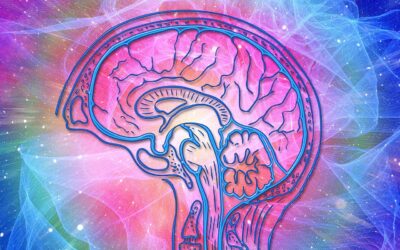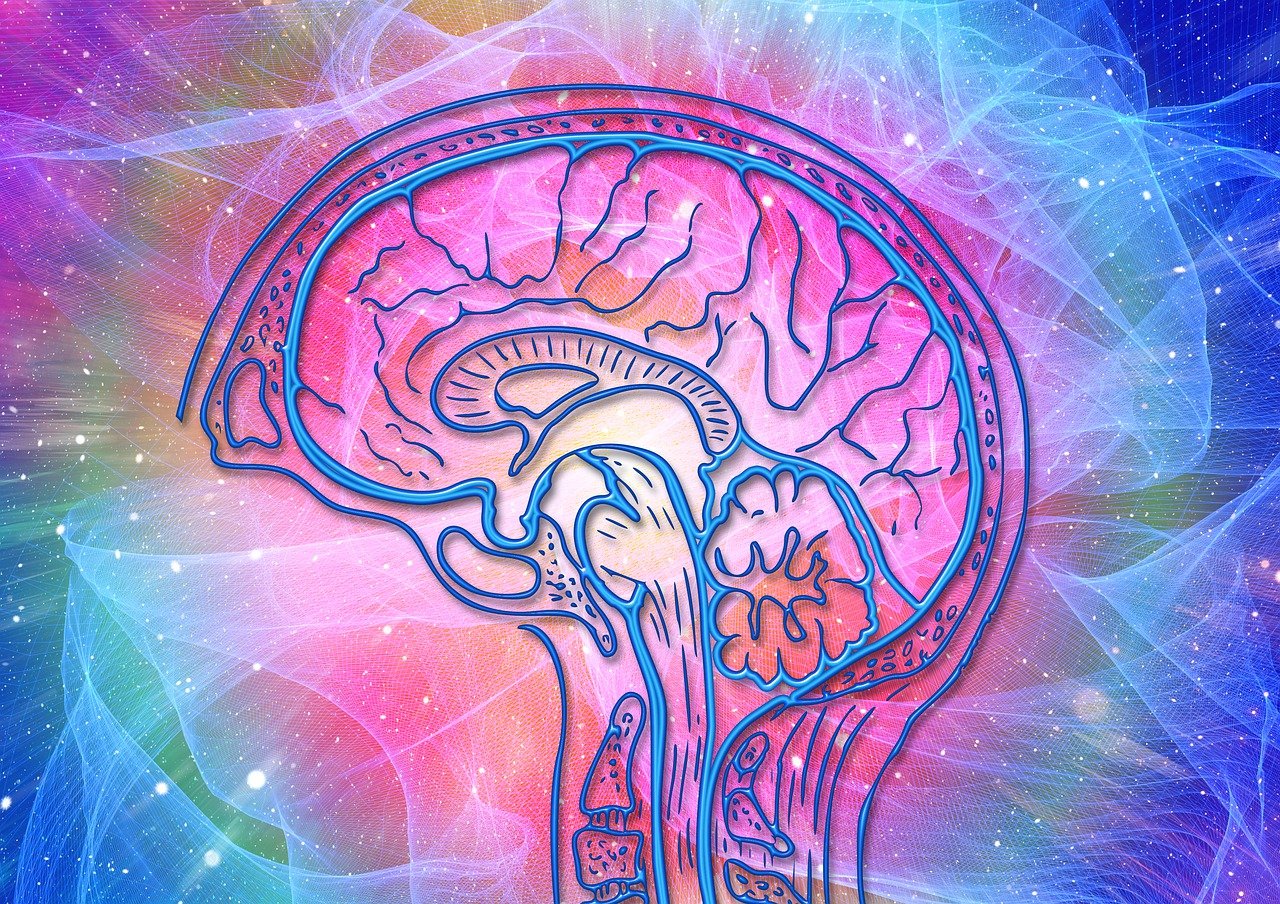Keeping AI Ethical with Increased Scrutiny

As artificial intelligence (AI) continues to permeate various aspects of our lives, from healthcare decisions to financial services, the need for ethical oversight has never been more pressing. This article explores how increased scrutiny is shaping the landscape of AI ethics and driving more responsible development and deployment of AI technologies.
The Imperative for Ethical AI
The rapid advancement of AI capabilities has brought both immense potential and significant risks. Ethical concerns include:
- Bias and discrimination in AI decision-making
- Privacy infringements and data misuse
- Lack of transparency and explainability in AI systems
- Potential for job displacement and economic disruption
- Long-term societal impacts of widespread AI adoption
These concerns have catalyzed a movement towards more rigorous ethical standards and oversight in AI development.
Key Players in AI Scrutiny
1. Regulatory Bodies
Governments and international organizations are taking an active role in AI governance.
Examples:
- The European Union’s proposed AI Act, which aims to create a comprehensive regulatory framework for AI
- The U.S. National AI Initiative, which includes ethics as a key priority
2. Industry Self-Regulation
Tech companies are implementing internal ethics committees and guidelines.
Examples:
- Google’s AI Principles and external AI ethics board
- Microsoft’s Office of Responsible AI
3. Academic Institutions
Universities and research centers are contributing to the development of ethical AI frameworks.
Examples:
- MIT’s AI Ethics initiative
- Stanford’s Institute for Human-Centered Artificial Intelligence
4. Non-Profit Organizations
Independent organizations are providing oversight and advocating for ethical AI practices.
Examples:
- The AI Now Institute
- The Future of Humanity Institute
Mechanisms for Increased Scrutiny
1. Algorithmic Audits
Regular assessments of AI systems to detect bias, errors, or unintended consequences.
Key aspects:
- Third-party audits for impartiality
- Continuous monitoring rather than one-time checks
- Standardized audit frameworks and metrics
2. Transparency Requirements
Pushing for greater openness in AI development and decision-making processes.
Initiatives include:
- Explainable AI (XAI) techniques
- Public disclosure of AI use in products and services
- Open-source AI models and datasets
3. Ethics Review Boards
Establishing dedicated committees to oversee AI projects and policies.
Functions:
- Reviewing AI initiatives for ethical concerns
- Providing guidance on ethical dilemmas
- Ensuring compliance with ethical guidelines
4. Expanded AI Education
Increasing AI literacy among developers, policymakers, and the general public.
Focus areas:
- Integrating ethics into AI and computer science curricula
- Public awareness campaigns on AI capabilities and limitations
- Specialized training for professionals in AI-impacted fields
5. Regulatory Sandboxes
Controlled environments for testing AI applications under regulatory supervision.
Benefits:
- Allows for innovation while managing risks
- Provides insights for policy development
- Facilitates collaboration between regulators and innovators
Challenges in Implementing Ethical AI Scrutiny
While increased scrutiny is crucial, it comes with challenges:
- Balancing innovation with regulation
- Addressing global disparities in AI governance
- Keeping pace with rapidly evolving AI technologies
- Measuring the effectiveness of ethical interventions
The Business Case for Ethical AI
Companies are recognizing that ethical AI is not just a moral imperative but a business necessity. Benefits include:
- Enhanced brand trust and customer loyalty
- Reduced legal and reputational risks
- Improved product quality and reliability
- Competitive advantage in an increasingly ethics-conscious market
Looking Ahead: The Future of AI Ethics Scrutiny
As AI continues to advance, we can expect:
- More sophisticated tools for ethical AI assessment
- Increased collaboration between tech companies, regulators, and ethicists
- The emergence of global AI ethics standards
- Growing demand for AI ethics professionals
The path to truly ethical AI is complex and ongoing. It requires vigilance, collaboration, and a commitment to continuous improvement. By embracing increased scrutiny, we can work towards AI systems that not only push the boundaries of what’s technologically possible but also align with our values and societal well-being.
As we navigate this evolving landscape, one thing is clear: the future of AI will be shaped not just by technological breakthroughs, but by our collective ability to implement and uphold ethical standards. In doing so, we can harness the transformative power of AI while safeguarding the principles that make us human.









